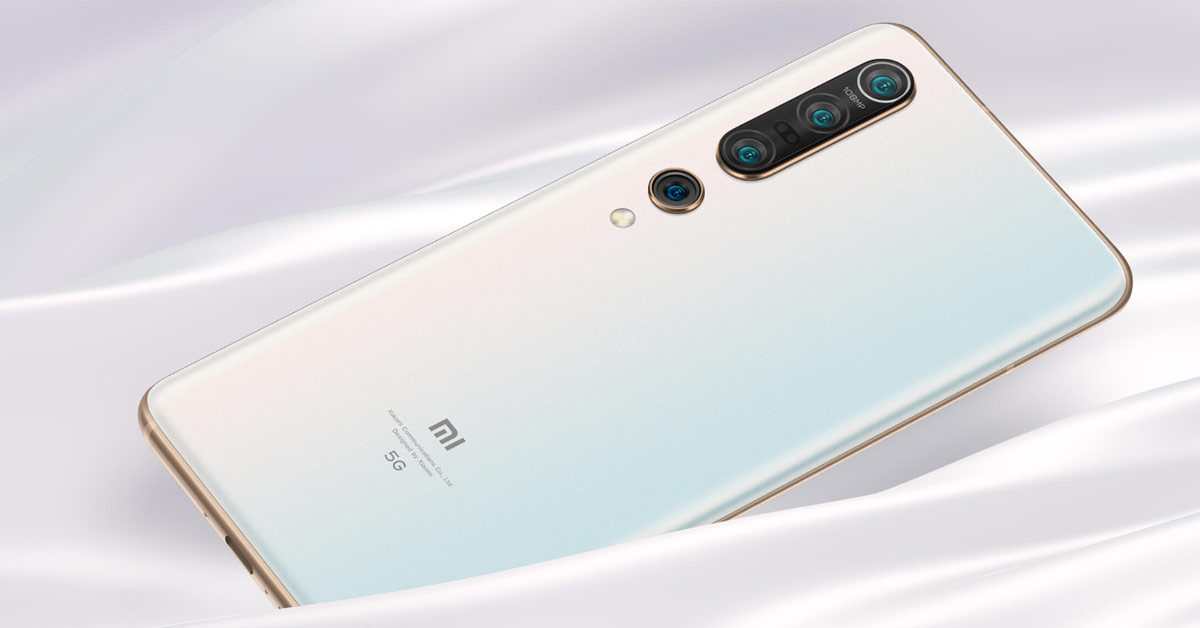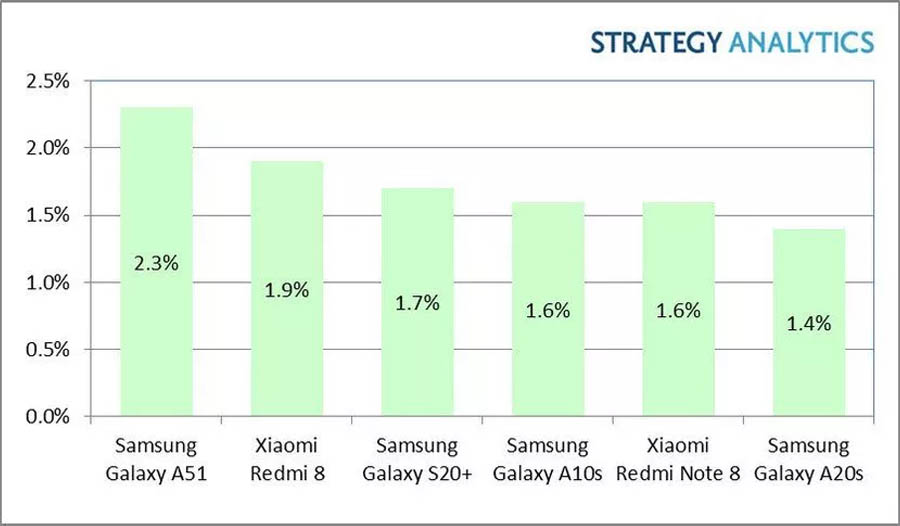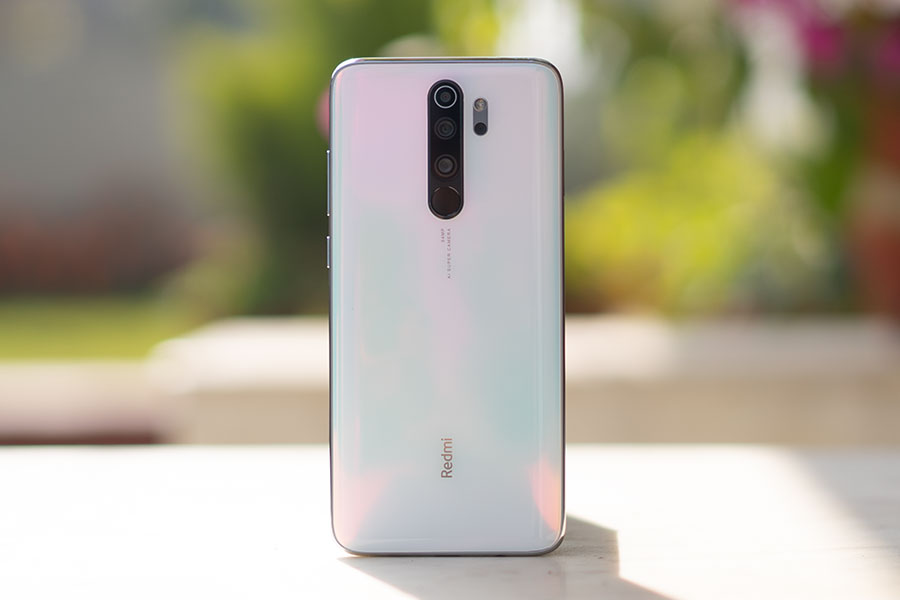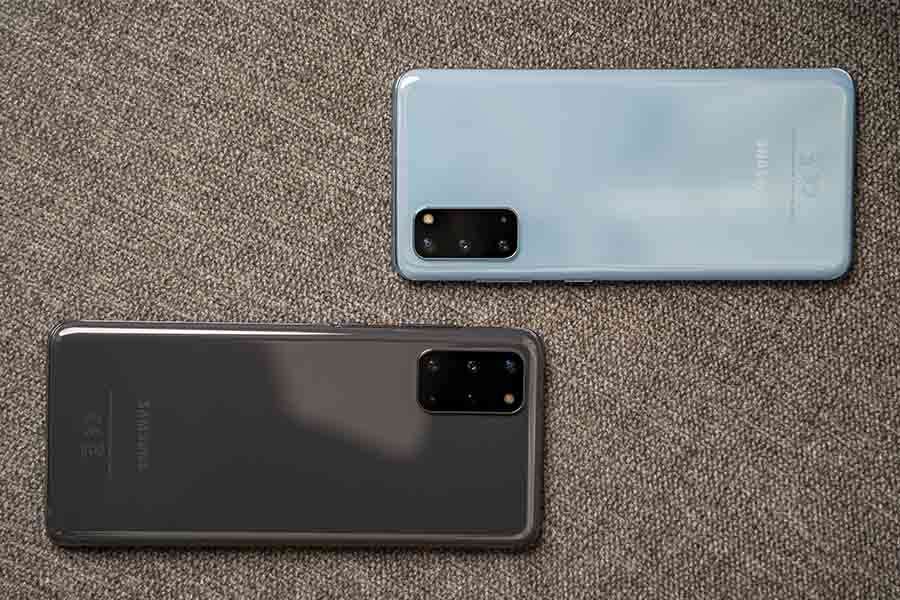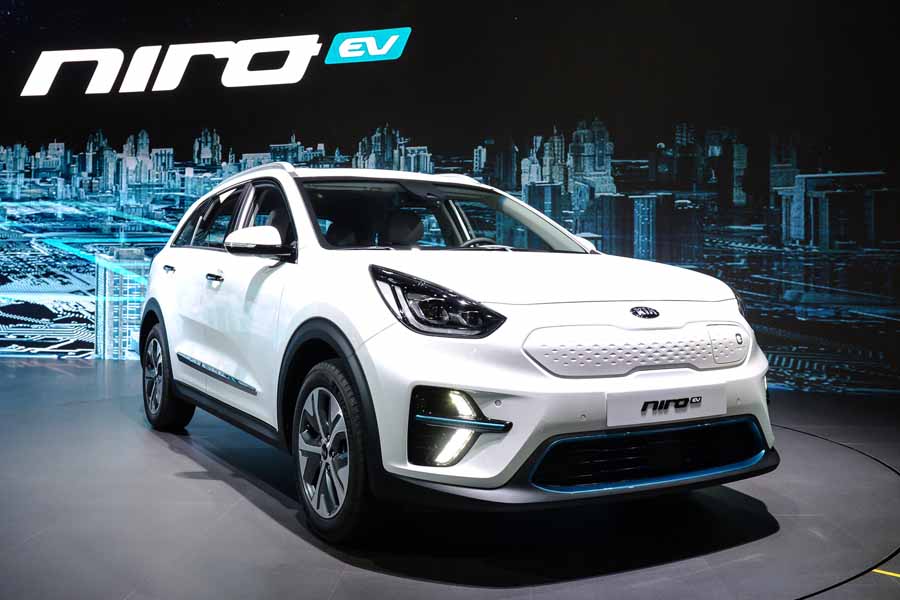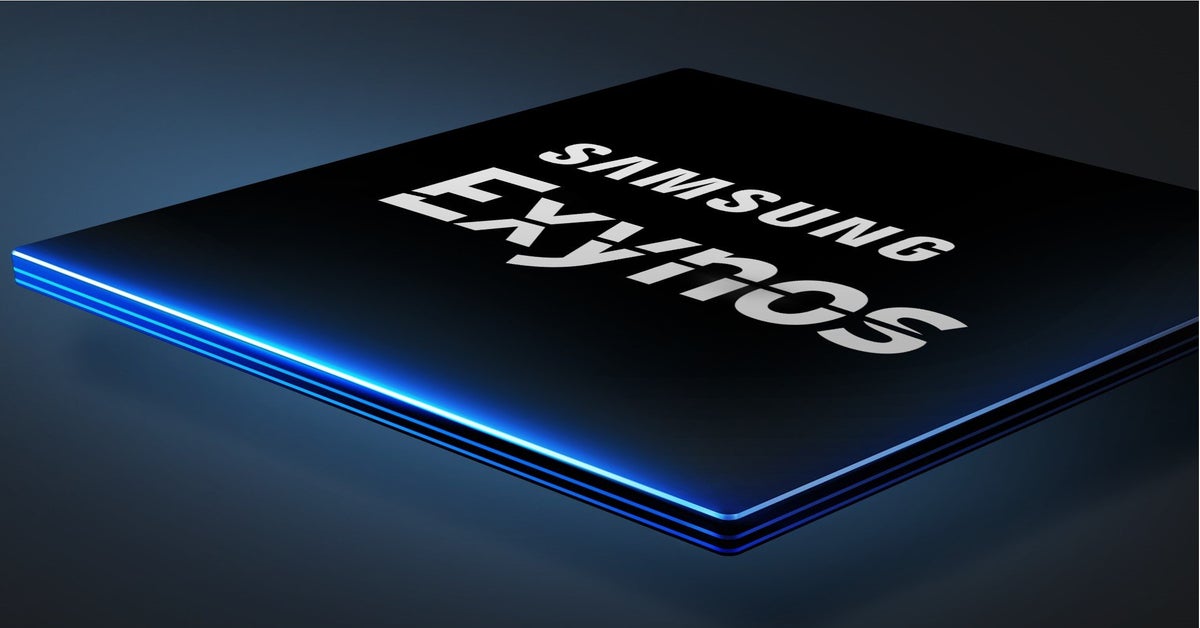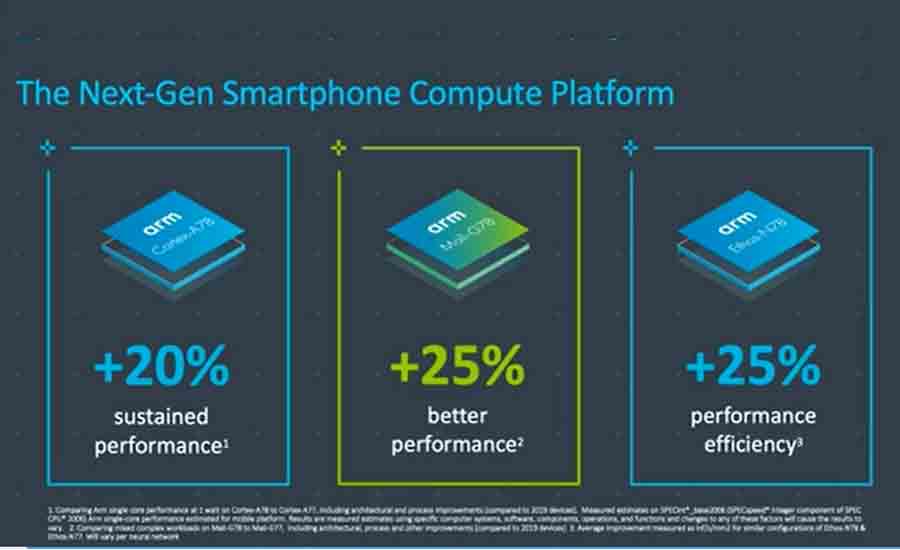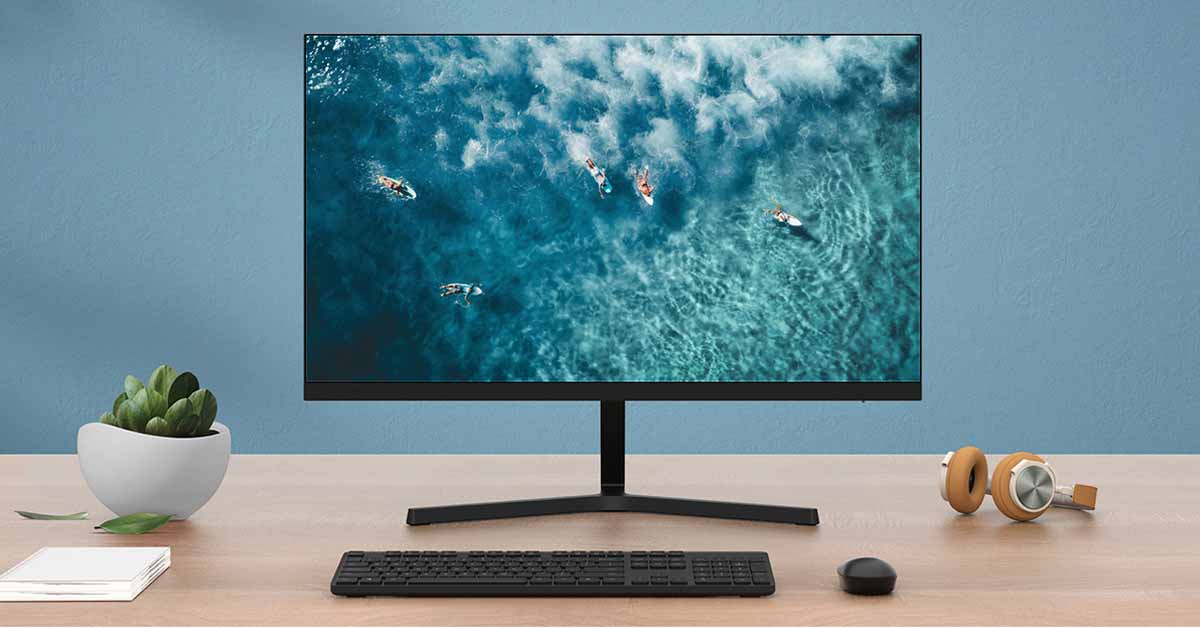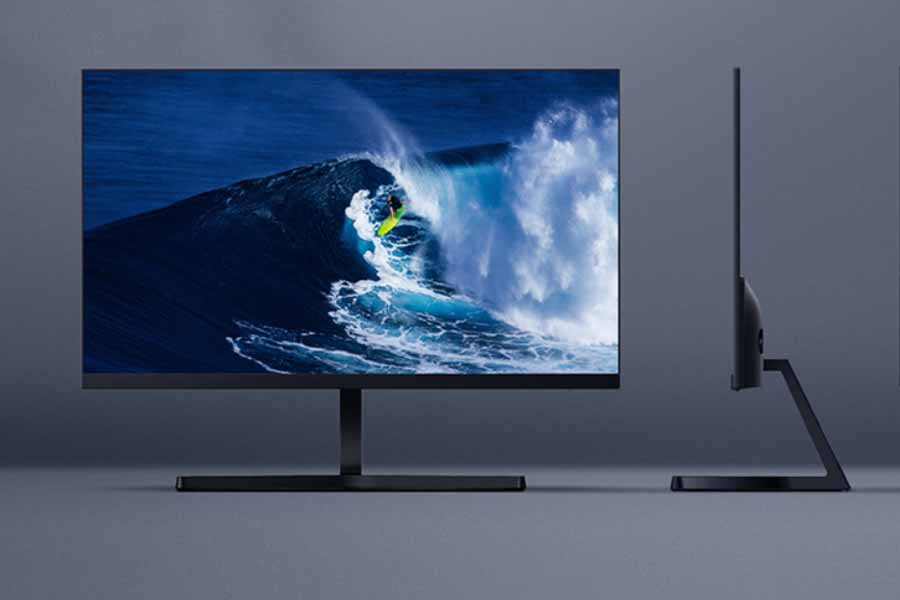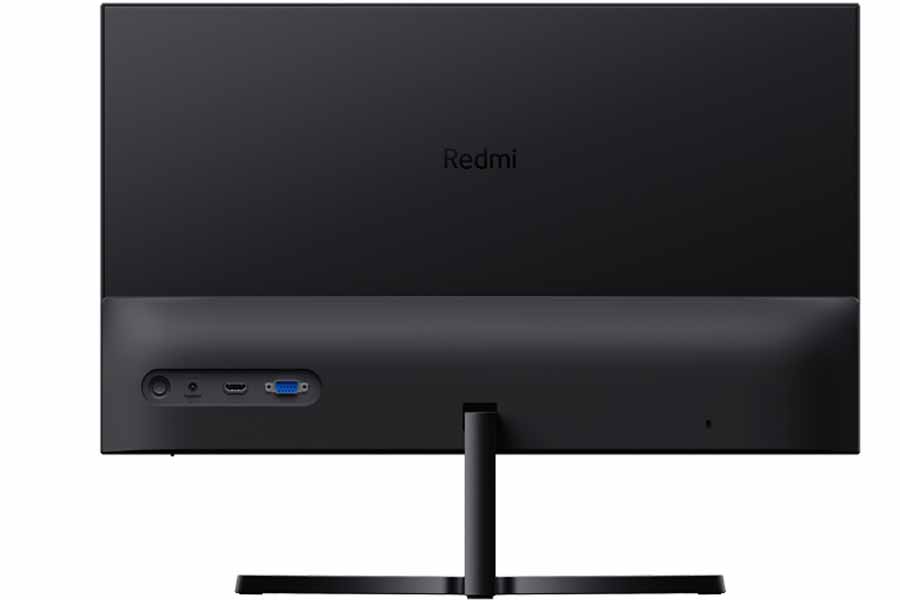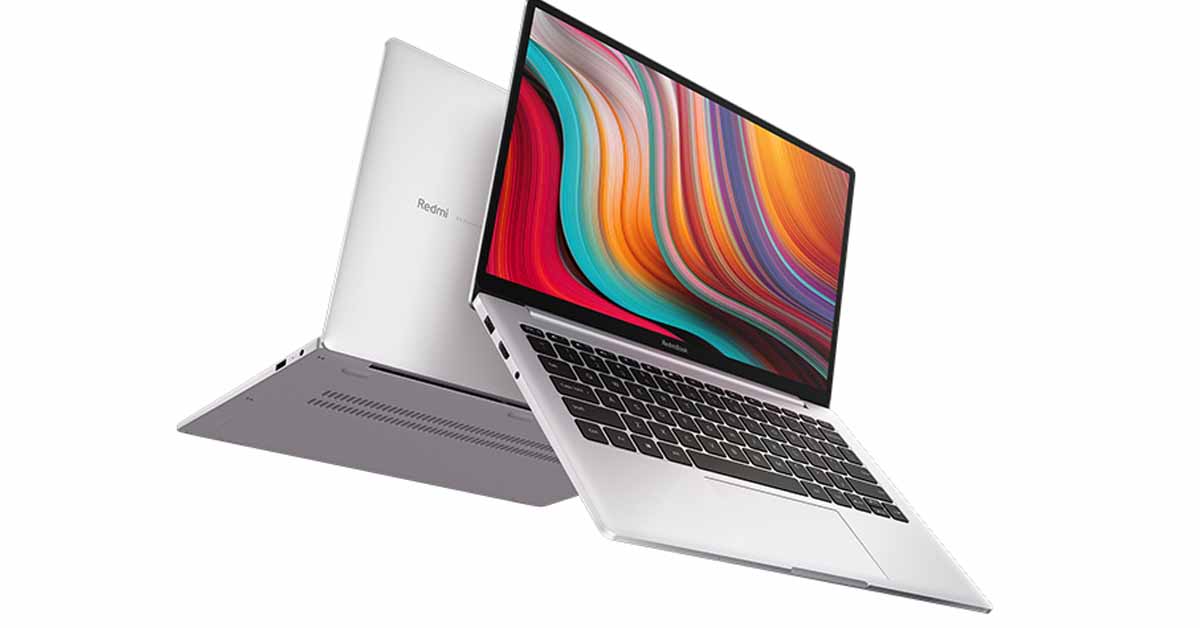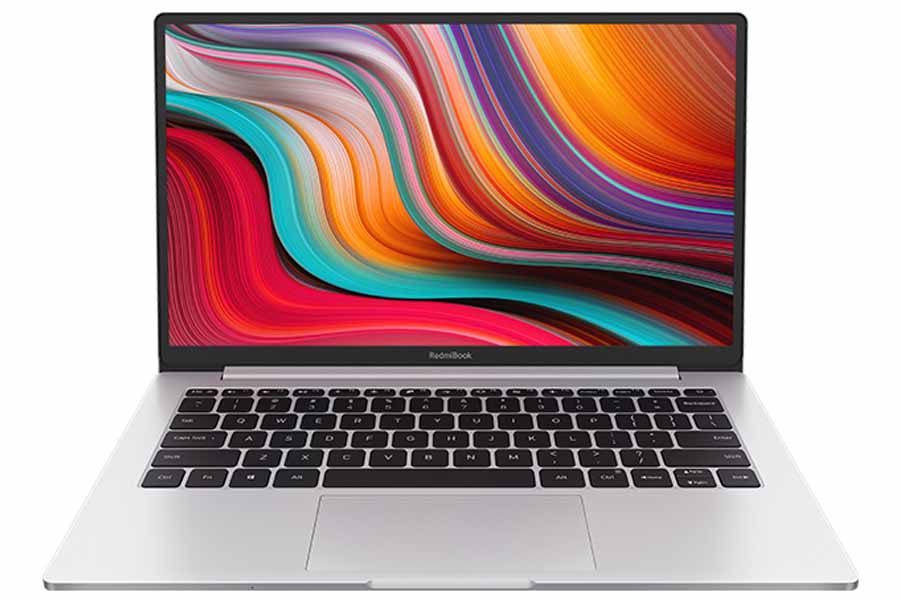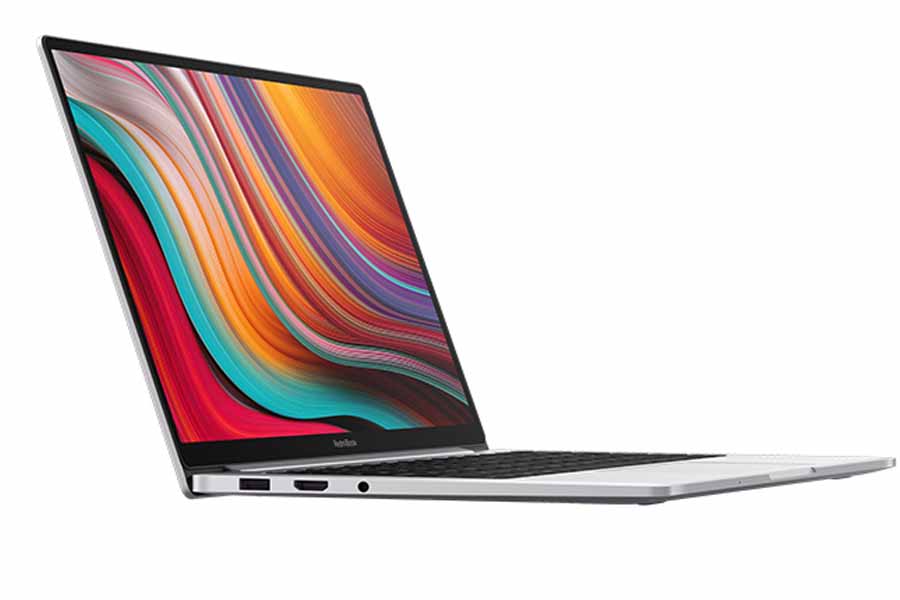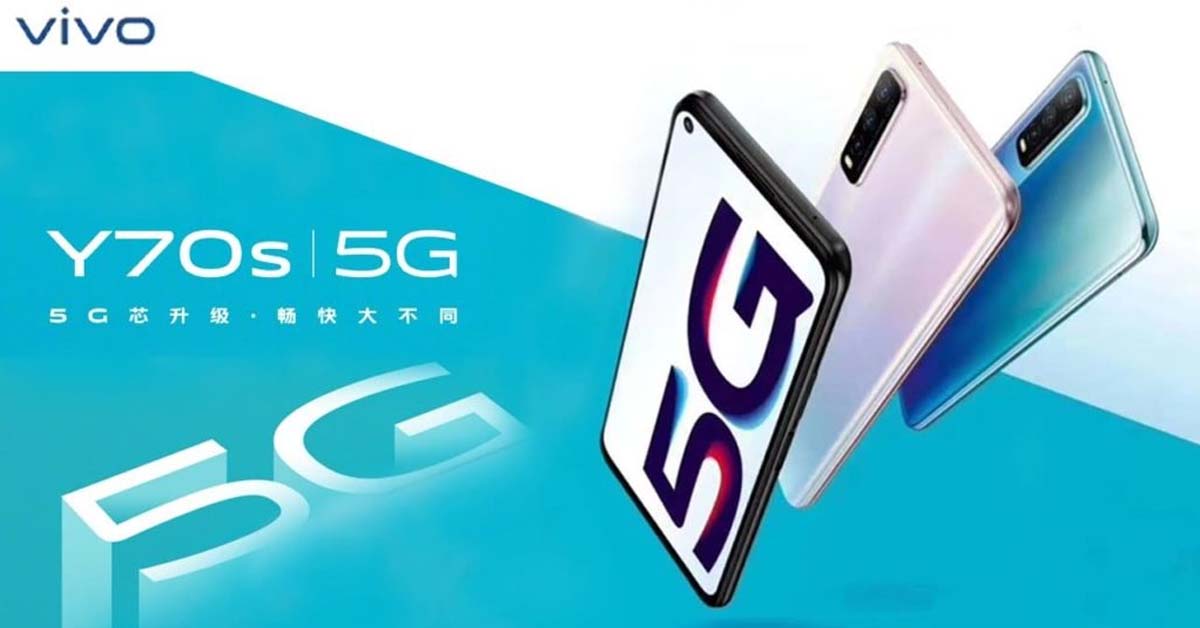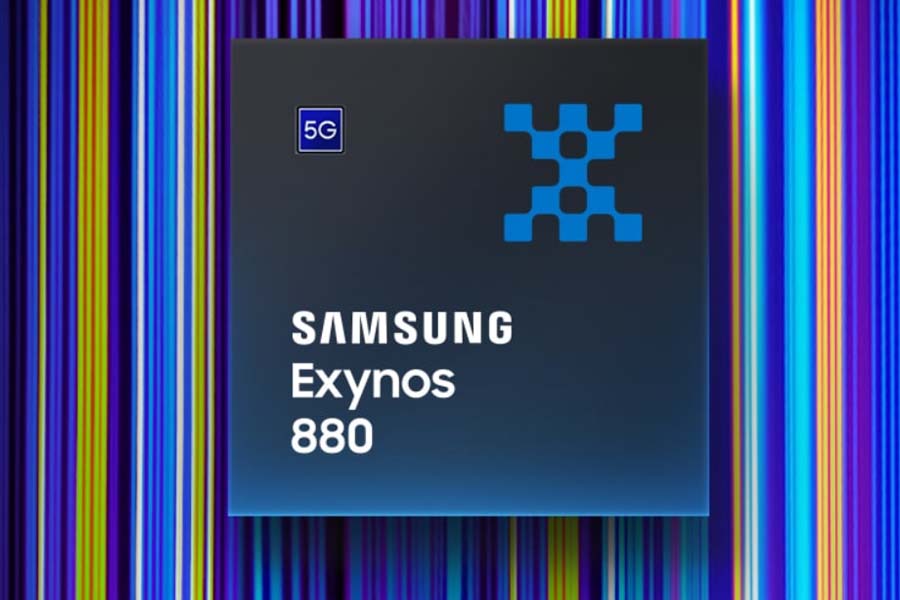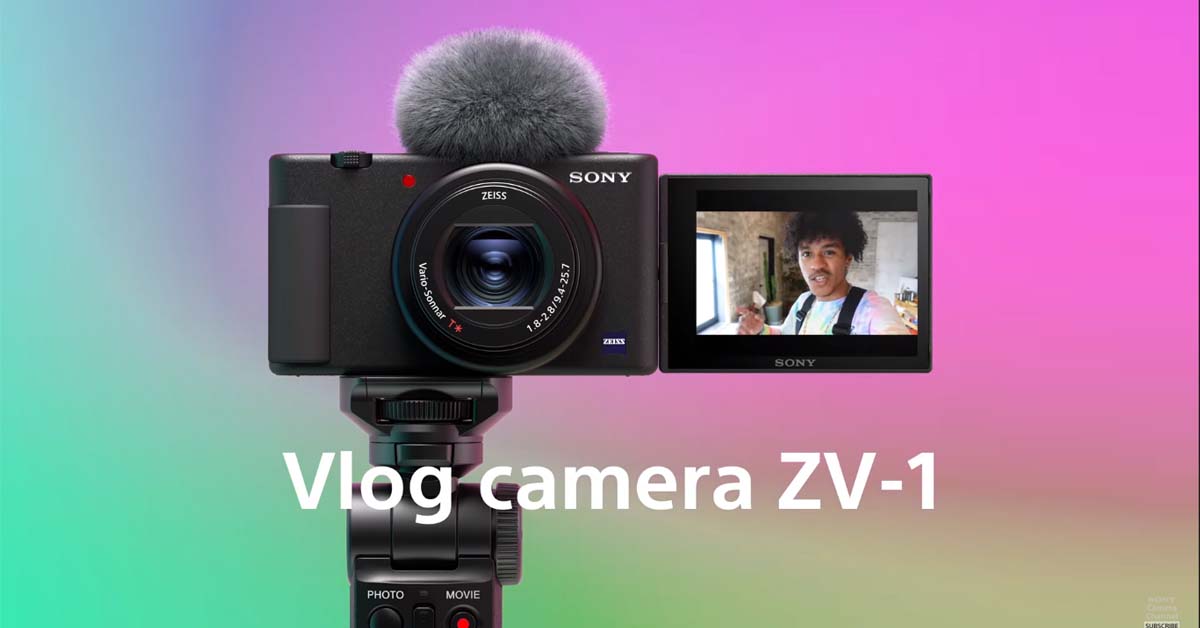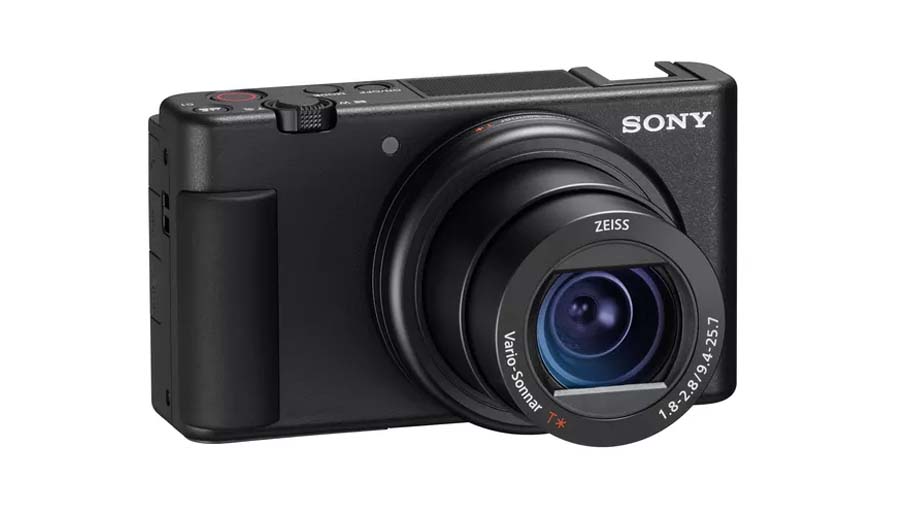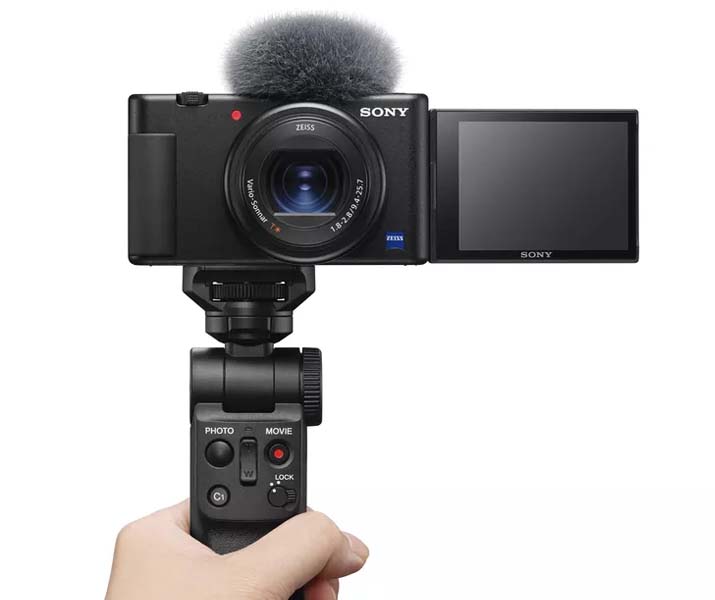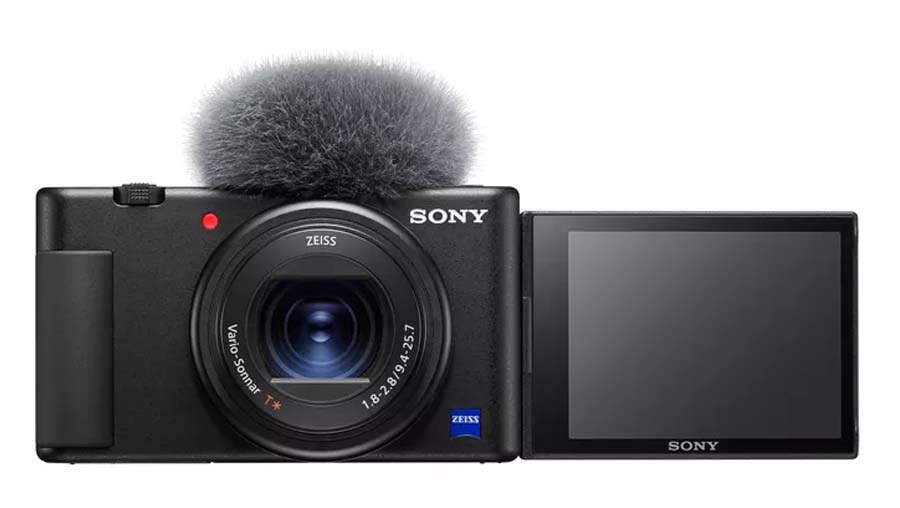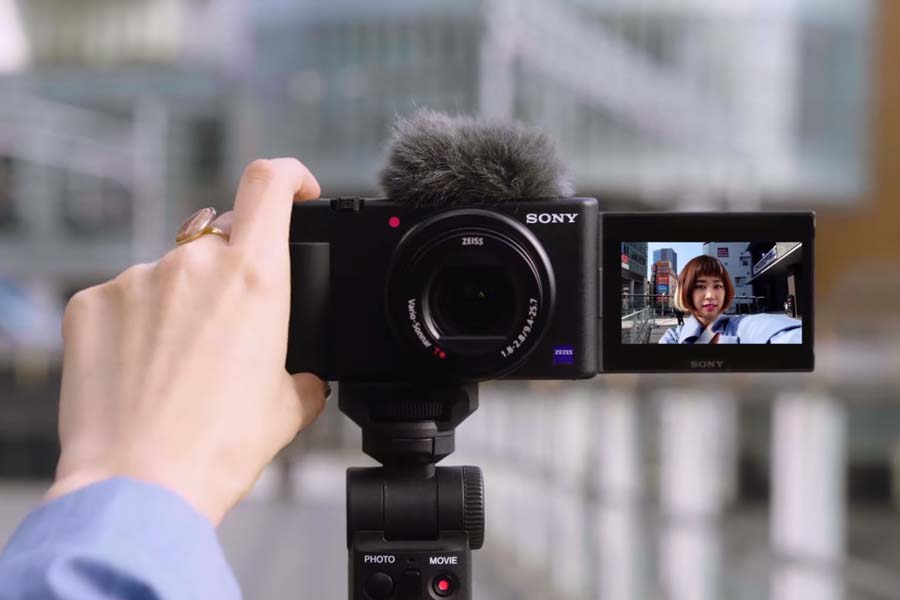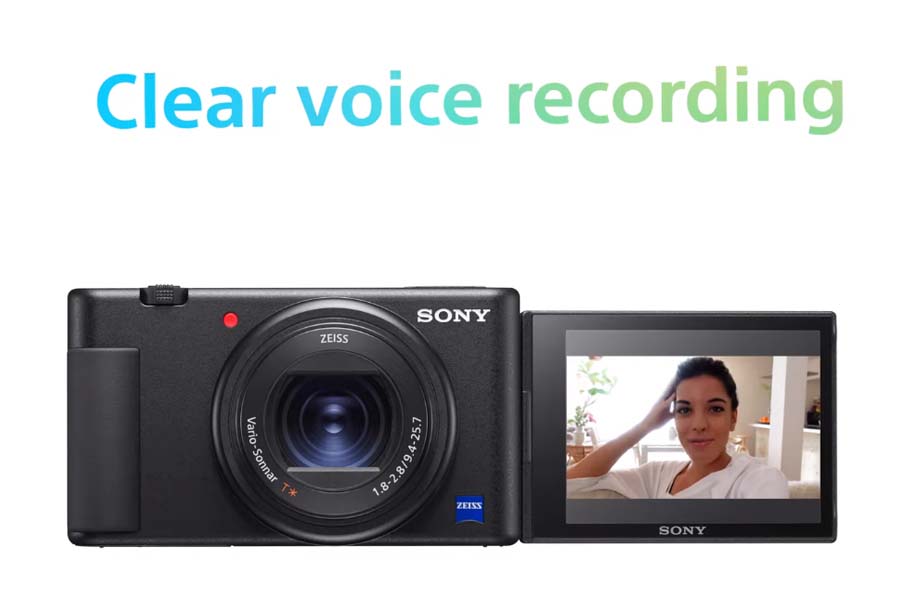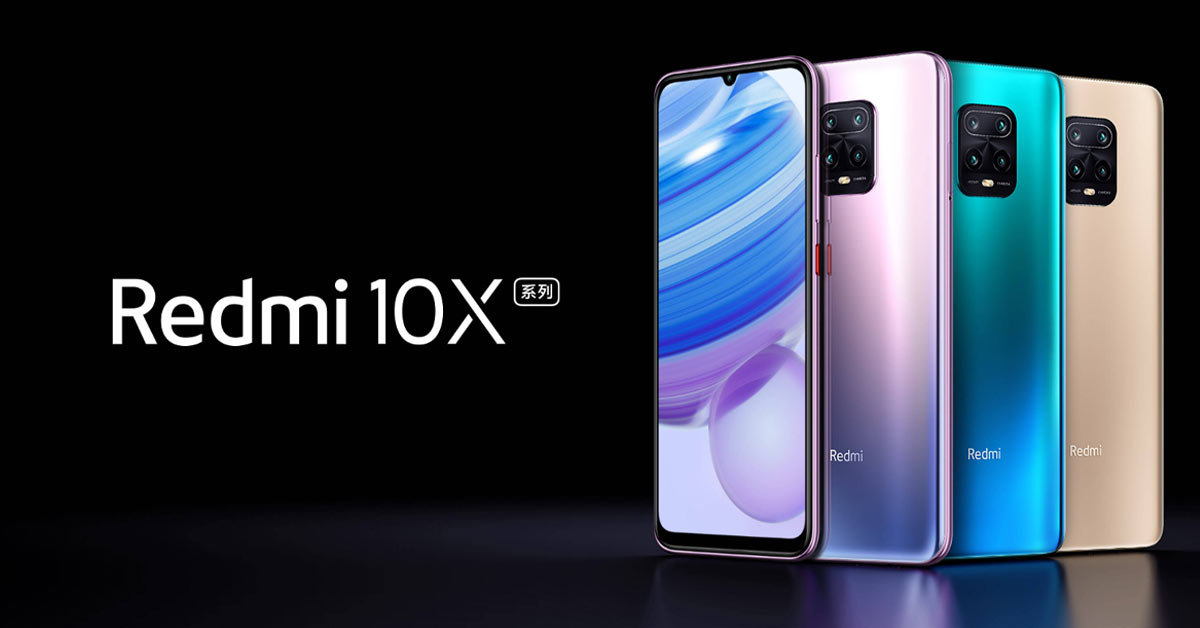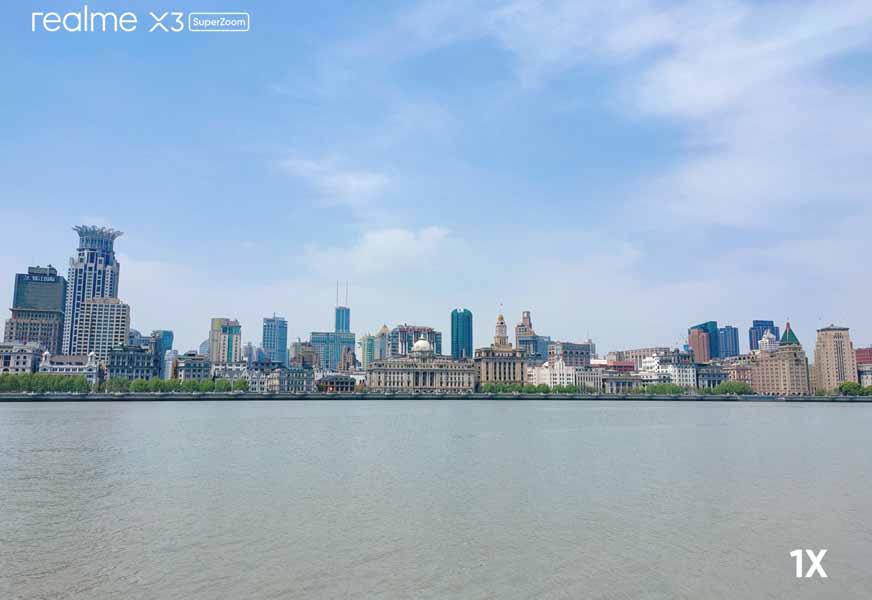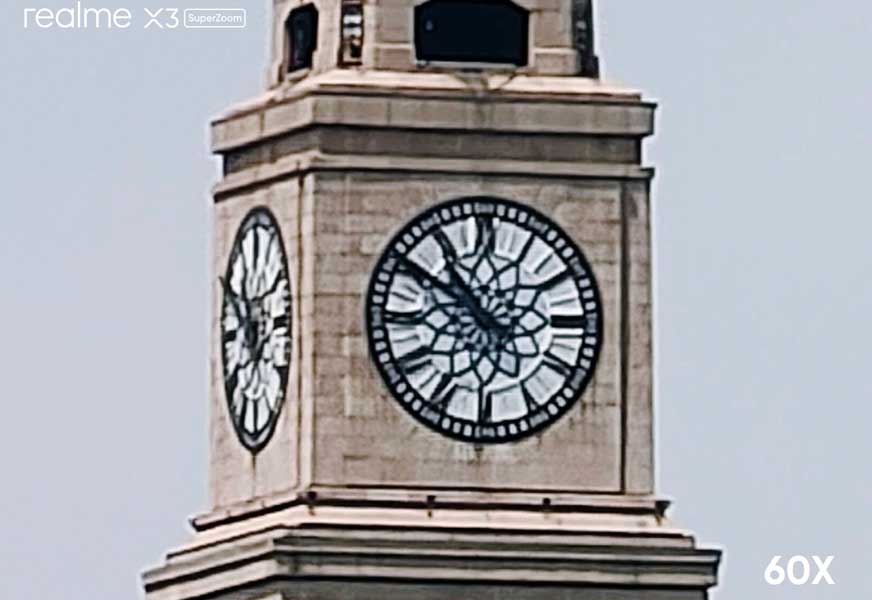Because of the chaos caused by the coronavirus and the subsequent nationwide lockdown, Xiaomi today held an online event in Nepal to launch its price-friendly flagship — Xiaomi Mi 10. It becomes the first smartphone in Nepal with 5G connectivity, 108MP camera, and the Snapdragon 865 chipset.
Mi 10 price is expensive in India and here in Nepal as compared to the official China price. It is because, unlike the Redmi series, the Mi 10 series is not manufactured in India. Hence, all the units have to be imported which in turn will affect the cost. Also, there is 18% GST in India right now, which has increased its cost by even more.
However, making such a device requires state of the art facilities, which are not available in India.
We will have to import 100% of units if we launch the #Mi10 in India. Hence, it will have a different pricing model than usual.
RT? with #Mi10 if you want to see it in India. https://t.co/FbRGe4tvjL
— Manu Kumar Jain (@manukumarjain) February 13, 2020
Xiaomi Mi 10 Overview
As mentioned earlier, the Mi 10 is powered by Qualcomm’s latest flagship processor- Snapdragon 865. Thanks to the discrete X55 modem, Mi 10 is the first 5G phone to launch in the Nepali market. Also, it will come with support for dual 5G connectivity for both SA and NSA. The chipset is supported by 8GB of RAM based on the latest LPDDR5 Technology along with 256GB of internal storage. The internal memory is based on the latest UFS3.0 technology.
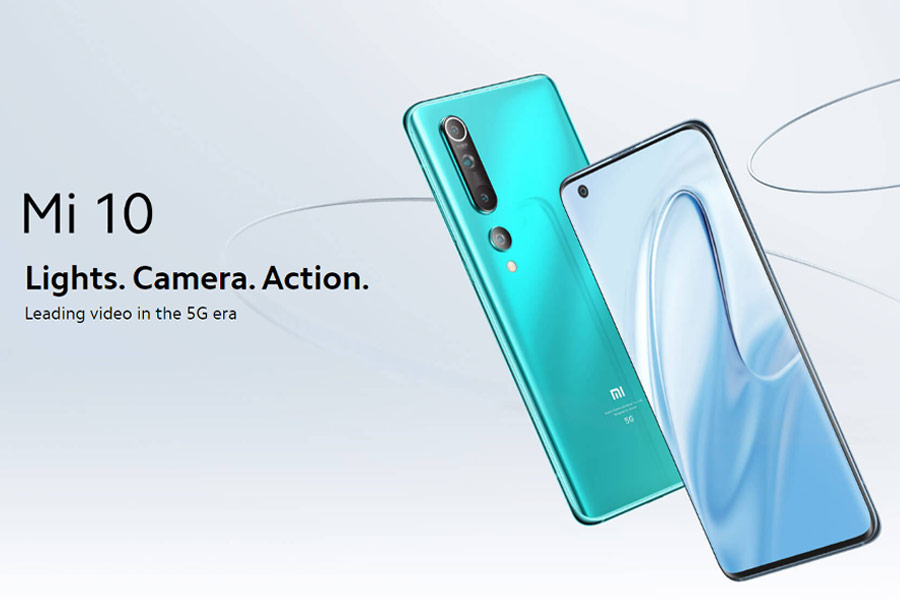
Likewise, Mi 10 sports 6.67-inches AMOLED curved display with a 90Hz refresh rate and 180Hz response rate. It packs a resolution of 2340 x 1080 pixels and supports HDR10+. The display features a tiny 4.08mm punch-hole at the top left corner to house the front camera. The device features a fingerprint sensor mounted under the display panel. On the right side, there are a volume rocker and power button.
Similarly, the back of the device is made up of glass. On the back, we can notice the quad-camera setup. Three sensors are arranged in a vertical module whereas the fourth one is placed separately between the camera module and the LED flash.
The device comes with a quad-camera setup with 108MP primary camera. It is accompanied by a depth sensor and macro sensor-both of 2MP. A 13MP ultra-wide sensor is further below the camera module.
The phone will feature a 4,780mAh battery with support for 30W flash charging. It also comes with support for 30W wireless charging, 10W reverse wireless charging, and NFC.
Also Read: Best Phones under Rs. 50,000 in Nepal
Xiaomi Mi 10 Key Specifications
- Display: 6.67″ AMOLED display with 90Hz refresh rate, resolution 2340x 1080 pixels
- Protection: Gorilla Glass 5
- OS: Android 10 with MiUI 11
- Rear Camera: Quad-camera, 108MP primary lens + 2MP macro lens + 2MP depth sensor + 13MP ultra-wide sensor
- Front Camera: 20MP
- Processor: Octa-core Qualcomm Snapdragon 865
- GPU: Adreno 650
- RAM: 8GB
- Storage:256GB
- Battery: 4780 mAh, 30W Wired Fast Charging, 30W Wireless Fast Charging and 10W reverse wireless charging
- Sensors: Fingerprint (in-display), accelerometer, gyro, compass, proximity
- Colors: Coral Green, Twilight Grey
Xiaomi Mi 10 Price in Nepal & Availability
The official price of the Xiaomi Mi 10 in Nepal is Rs. 89,999. This price is for the 8GB RAM and 256GB storage variants.
| Variant | Price in Nepal | Availability |
| Xiaomi Mi 10 (8/256GB) | NPR 89,999 | Soon |
Mi 10 Pro Overview
Mi 10 Pro comes with some upgrades in the Mi 10. It comes with the same design, display and rest of the specs. The difference lies in the camera setup. While Mi 10 Pro also features a quad-camera setup with 108MP primary camera, it doesn’t feature both macro senor and depth sensor. It rather comes with two telephoto sensors offering 10X magnification and 2X magnification respectively. The ultra-wide sensor is also a high res 20MP. The camera in Mi 10 Pro comes with OIS and EIS and is able to shoot videos up to 8K.
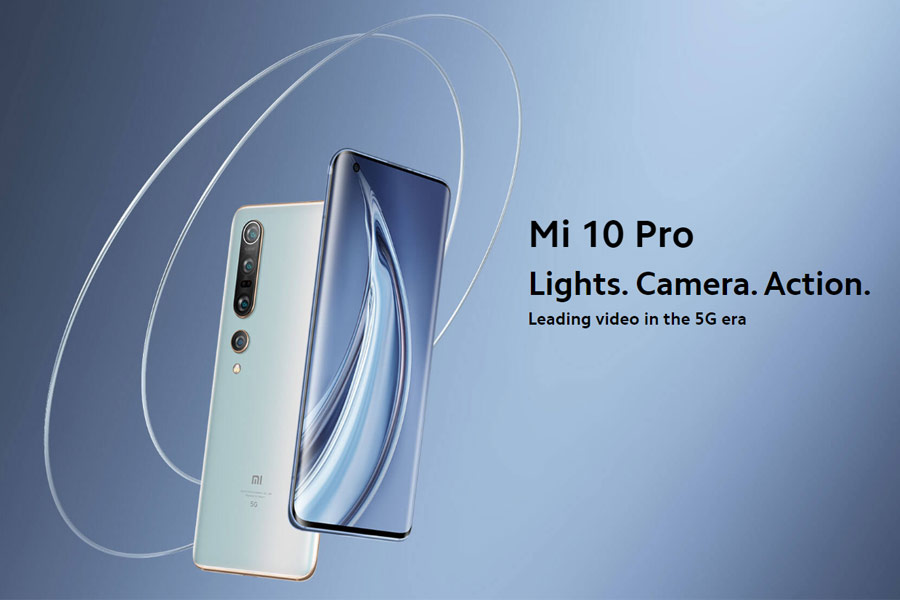
The Mi 10 Pro comes in three memory configurations- 8/256GB, 12/256GB and 12/512GB. However, the battery is reduced to just 4,500mAh. It comes with support for 50W flash charging, 30W wireless charging, and 10W reverse charging.
Xiaomi Mi 10 Pro Specifications
- Display: 6.67″ AMOLED display with 90Hz refresh rate, resolution 2340x 1080 pixels
- Protection: Gorilla Glass 5
- OS: Android 10 with MiUI 11
- Rear Camera: Quad-camera, 108MP primary lens + 8MP long telephoto lens (10X hybrid zoom) + 12MP short telephoto lens (2X optical zoom) + 20MP ultra-wide sensor
- Processor: Octa-core Qualcomm Snapdragon 865
- GPU: Adreno 652
- RAM: 8GB/12GB
- Storage: 8/256GB, 12/256GB,12/512GB
- Battery: 4500 mAh, 50W Wired Fast Charging, 30W Wireless Fast Charging and 10W reverse wireless charging (65W charger inside the box)
- Sensors: Fingerprint (in-display), accelerometer, gyro, compass, proximity
- Colors: Alpine White, Solstice Grey
Also Read: Samsung Galaxy S20, S20 Plus Launched in Nepal
Xiaomi Mi 10 Pro Price in Nepal & Availability
We can expect the Mi 10 Pro to launch in Nepal in only an 8/256GB variant. The price for the Mi 10 Pro (8/256GB) is expected to be around Rs. 99,999.
| Model Name | Price in Nepal [Expected] |
| Xiaomi Mi 10 Pro (8/256GB) | NPR 99,999 |


